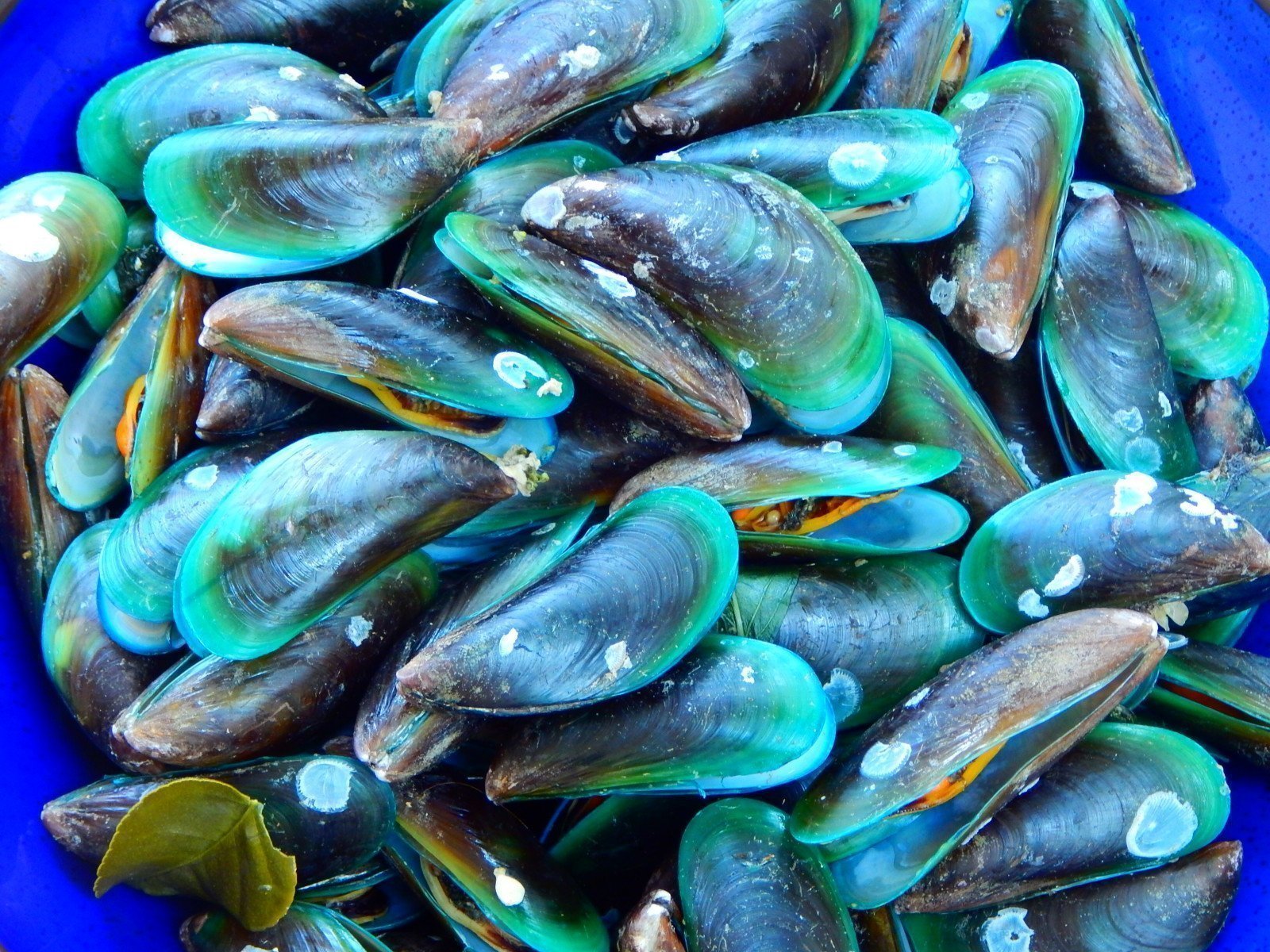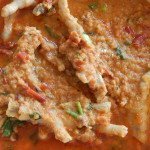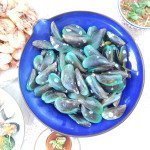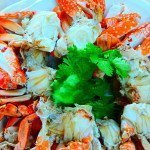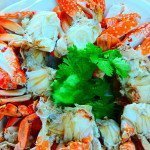Thai seafood
Thailand is famous for its seafood. No wonder! It has two long coastlines along the southern peninsula: on the Gulf of Thailand and on the Indian Ocean. Village fishing boats bring in fish, rock lobsters, crabs, squid, shrimp, giant prawns, and scallops. These fresh gifts from the sea are often simply steamed or grilled.
Coconut, which grows abundantly in the South, appears in many seafood dishes, its milk used to thicken soup and curries.
Note: Thai seafood recipes may call for prawns. That name is sometimes given to larger shrimp. In Bangkok, they serve the most gigantic prawns available, often in a simple sauce or grilled over charcoal.
Thai cuisine gets its unique flavors as a result of blending many exotic ingredients. We want to ensure that you get the most from your Thai food experience. Whether you are looking for gluten-free foods, or have a peanut allergy, our dietary and allergy chart provides valuable information.
“What is Thai food? Every country in the world has its own food profile. It reflects its culture, environment, ingenuity and values. In the case of Thailand, these words come to mind: intricacy; attention to detail; texture; color; taste; and the use of ingredients with medicinal benefits, as well as good flavor.
We not only pay attention to how a dish tastes: we are also concerned about how it looks, how it smells, and how it fits in with the rest of the meal. We think of all parts of the meal as a whole – sum rap Thai (the way Thais eat), is the term we use for the unique components that make up a characteristically Thai meal.”
Thai cooking places emphasis on lightly prepared dishes with strong aromatic components and a spicy edge. It is known for its complex interplay of at least three and up to four or five fundamental taste senses in each dish or the overall meal: sour, sweet, salty, bitter, and spicy.
